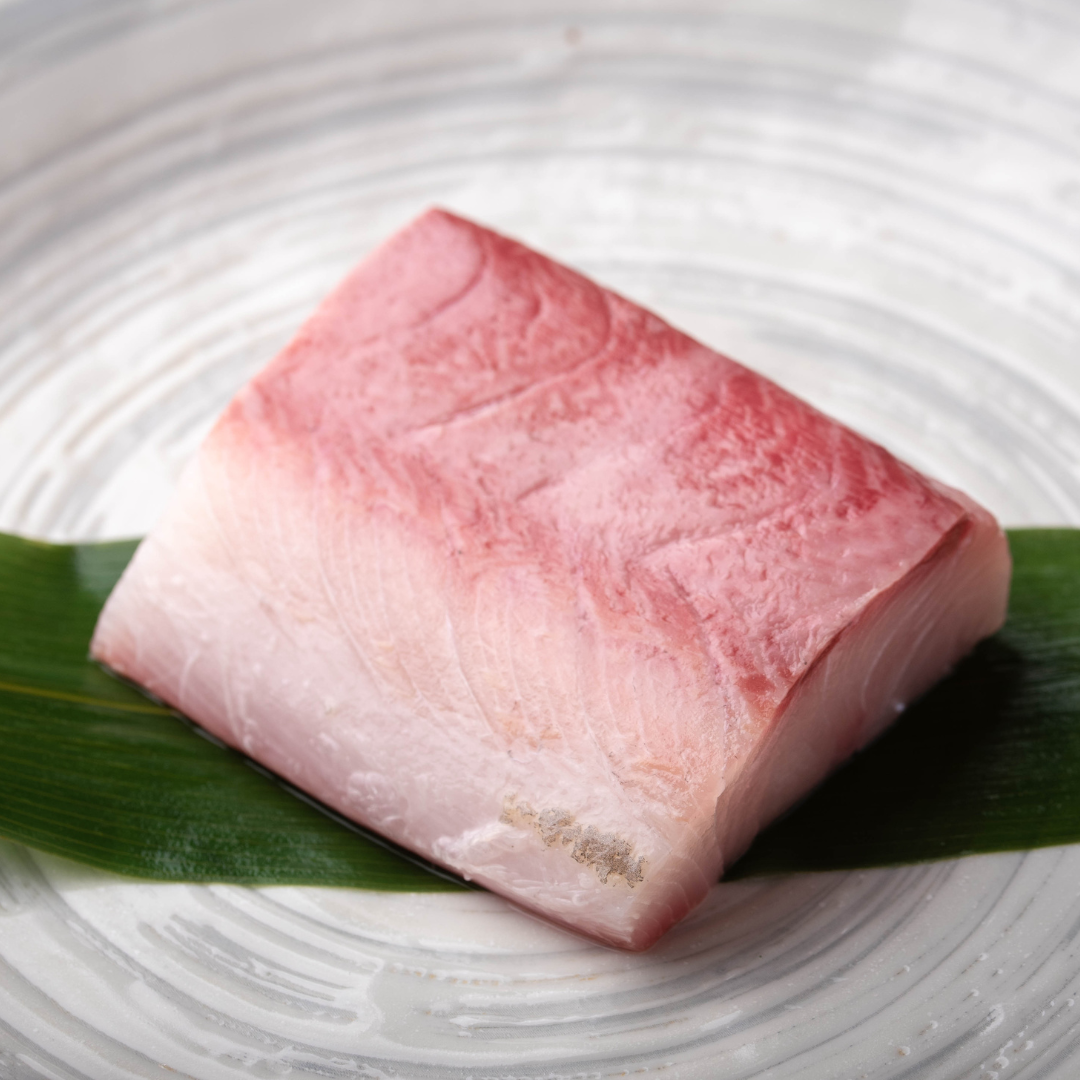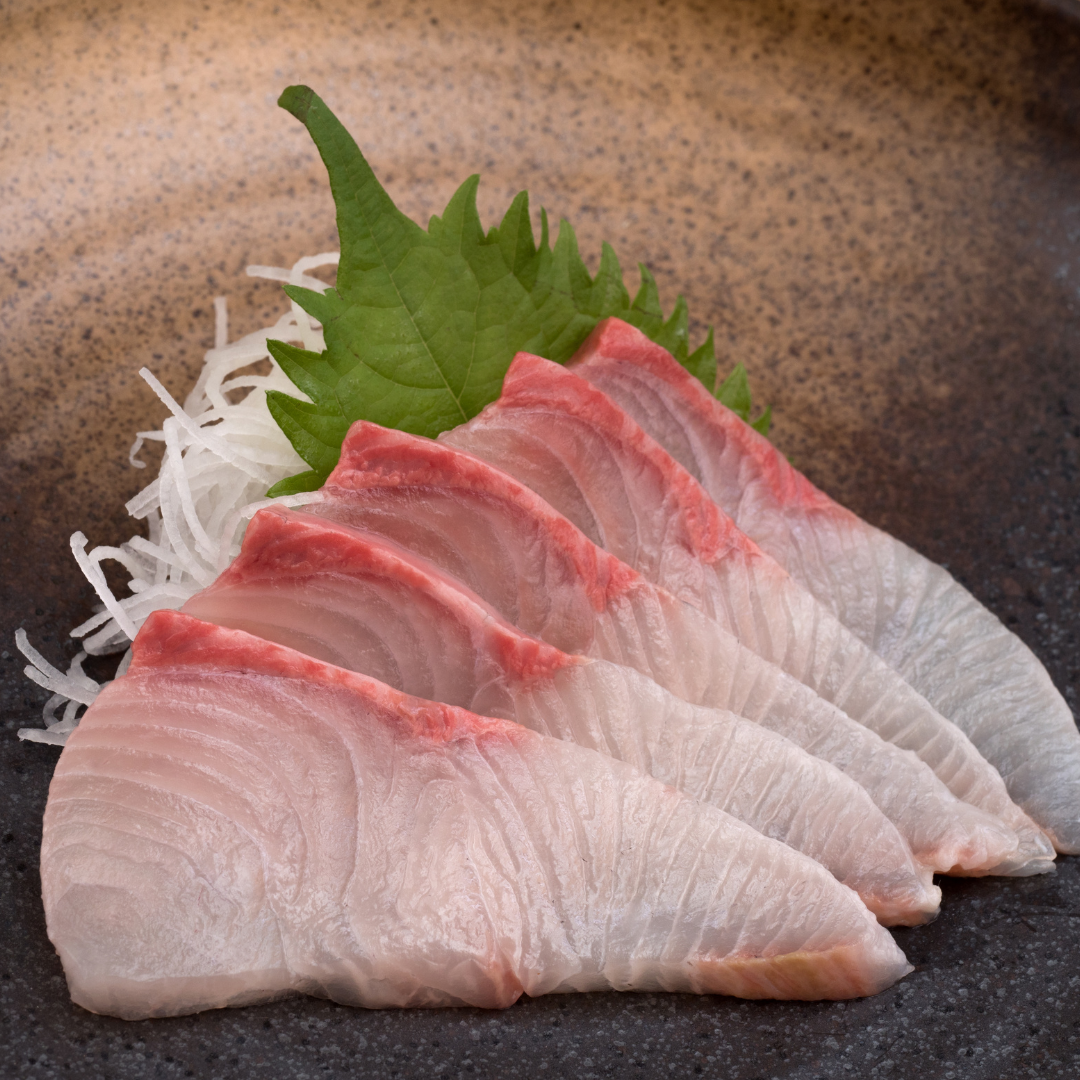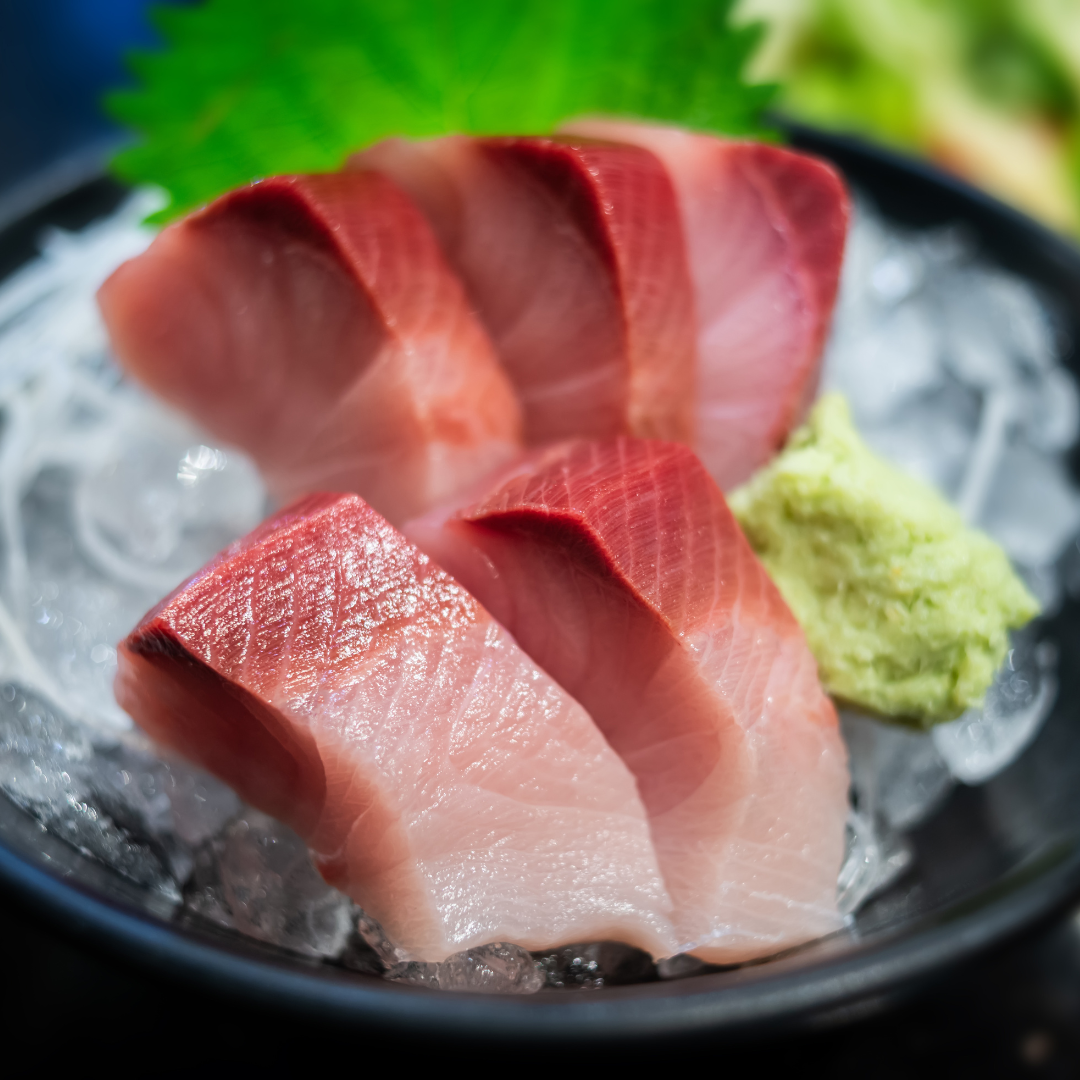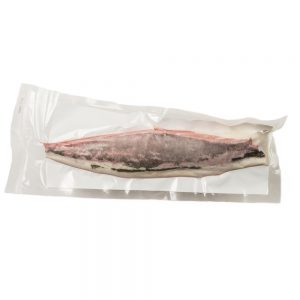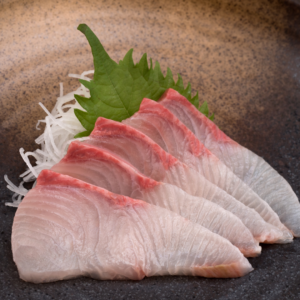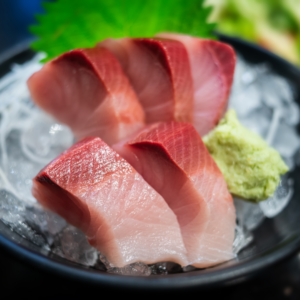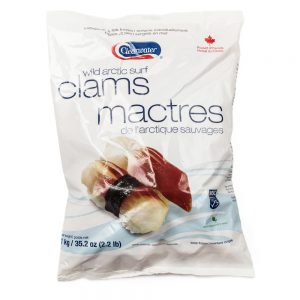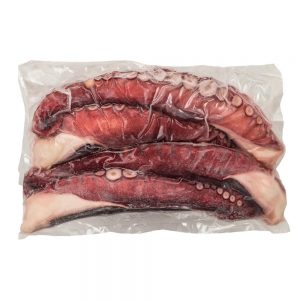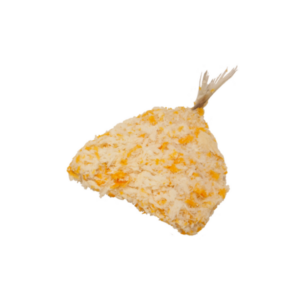Why is Cho-Rei-Kun Hamachi flesh so white?
Cho-Rei-Kun Hamachi flesh is “whitish” due to its extremely high-fat content, and thorough bleeding process. Here in Canada, Hamachi flesh is known to be pink. That appearance is caused by residual blood trapped in the capillaries. In Japan, it’s not strange to hear chefs referring to yellowtail as being a “Shiromi”, (white fish). Another benefit of thorough bleeding is to keep the fish fresh. Excess blood is normally associated with fishy taste, therefore, it’s a sensible step to remove as much blood as possible.
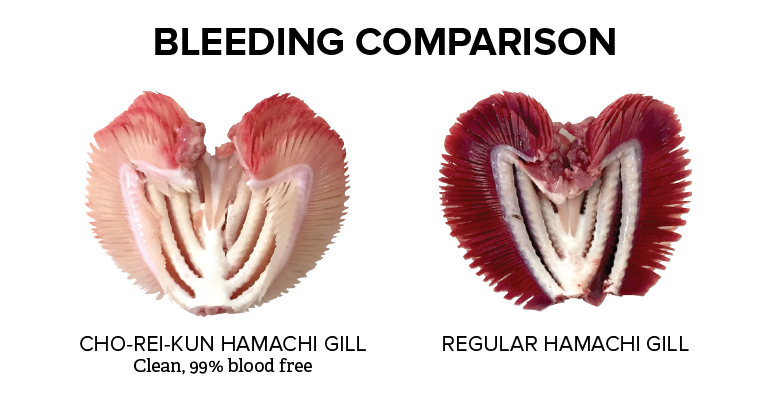
Bleeding-Comparison
How fresh is super frozen Cho-Rei-Kun Hamachi?
Onsui, through their development of Cho-Rei-Kun Hamachi, has researched extensively on how to deliver the freshest Hamachi. Due to quick-flash freezing and super-frozen storage at -58F, chefs experience Onsui Hamachi as if they’re taking over right before rigor-morits. In Canada, this phenomenon can only be seen with Onsui products.
In Japan, fish freshness is measured using a “K-Value” system. Onsui products boast a K-Value of just 3-6% immediately upon thawing, comparable to fish right after rigor mortis. Once chefs recognize the superior freshness of Cho-Rei-Run Hamachi compared to fresh, flown-in Hamachi, they can fine-tune defrosting techniques to achieve the perfect texture and optimal Umami, ensuring a delightful experience for their customers.
By Japanese standards, a never-frozen, fresh fish defines “freshness”. Unfortunately, the majority of fresh yellowtail air-couriered from Japan to Canada will take 36 to 48 hours from its Ikijime (slaughter) until its delivery to a restaurant.
It seems to be very labor intensive. How about the price?
The processing of Onsui fish is an extremely time-consuming task. Live fish are stored 16 hours after arriving to the plant, before being individually processed. It’s challenging to assign a price to the fish alone, especially when the quality adds such significant value. The fish’s pristine white color, extending to the tip of the tail, is achieved through effective blood removal, maximizing yield for use in Sashimi and Sushi. Additionally, the darker meat lacks any fishy or bloody taste, providing yet another advantage when considering potential savings from the increased yield. By providing delicious Hamachi, high in fat, superbly fresh, and not fishy, nor sour, a restaurant can establish a name for itself as THE ONE with “the freshest Hamachi”.

